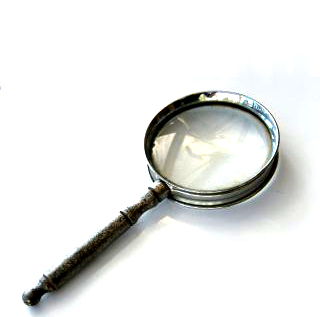Local makes ancient maths find
 An Australian expert has decoded what may be the world’s oldest example of applied geometry.
An Australian expert has decoded what may be the world’s oldest example of applied geometry.
A UNSW mathematician has revealed the origins of applied geometry on a 3700-year-old clay tablet that has been hiding in plain sight in a museum in Istanbul for over a century.
A mysterious tablet – known as Si.427 – was discovered in the late 19th century in what is now central Iraq, but its significance was unknown until the recent scientific detective work.
“Si.427 dates from the Old Babylonian (OB) period – 1900 to 1600 BCE,” says researcher Dr Daniel Mansfield from UNSW Science’s School of Mathematics and Statistics.
“It’s the only known example of a cadastral document from the OB period, which is a plan used by surveyors to define land boundaries. In this case, it tells us legal and geometric details about a field that’s split after some of it was sold off.”
The surveyor uses what are now known as ‘Pythagorean triples’ to make accurate right angles, over a thousand years before Pythagoras was born.
It is not the first time Dr Mansfield has upended mathematical history.
In 2017, he conjectured that another artefact from the same period, known as Plimpton 322, was a unique kind of trigonometric table.
“It is generally accepted that trigonometry – the branch of maths that is concerned with the study of triangles – was developed by the ancient Greeks studying the night sky in the second century BCE,” says Dr Mansfield.
“But the Babylonians developed their own alternative ‘proto-trigonometry’ to solve problems related to measuring the ground, not the sky.”
The tablet revealed today is thought to have existed even before Plimpton 322 – in fact, surveying problems likely inspired Plimpton 322.
“There is a whole zoo of right triangles with different shapes. But only a very small handful can be used by Babylonian surveyors. Plimpton 322 is a systematic study of this zoo to discover the useful shapes,” says Dr Mansfield.
“With this new tablet [Si.427], we can actually see for the first time why they were interested in geometry: to lay down precise land boundaries.
“This is from a period where land is starting to become private – people started thinking about land in terms of ‘my land and your land’, wanting to establish a proper boundary to have positive neighbourly relationships. And this is what this tablet immediately says. It's a field being split, and new boundaries are made.”
There are even clues hidden on other tablets from that time period about the stories behind these boundaries.
“Another tablet refers to a dispute between Sin-bel-apli – a prominent individual mentioned on many tablets including Si.427 – and a wealthy female landowner,” Dr Mansfield says.
“The dispute is over valuable date palms on the border between their two properties. The local administrator agrees to send out a surveyor to resolve the dispute. It is easy to see how accuracy was important in resolving disputes between such powerful individuals.”
Dr Mansfield says the way these boundaries are made reveals real geometric understanding.
“Nobody expected that the Babylonians were using Pythagorean triples in this way,” Dr Mansfield says.
“It is more akin to pure mathematics, inspired by the practical problems of the time.”
But there are still mysteries left that Dr Mansfield has not unlocked. On the back of the tablet, at the very bottom, it lists the sexagesimal number ‘25:29’ in big font.
“I can’t figure out what these numbers mean – it’s an absolute enigma. I’m keen to discuss any leads with historians or mathematicians who might have a hunch as to what these numbers trying to tell us,” Dr Mansfield says.
The latest study is accessible here.







 Print
Print